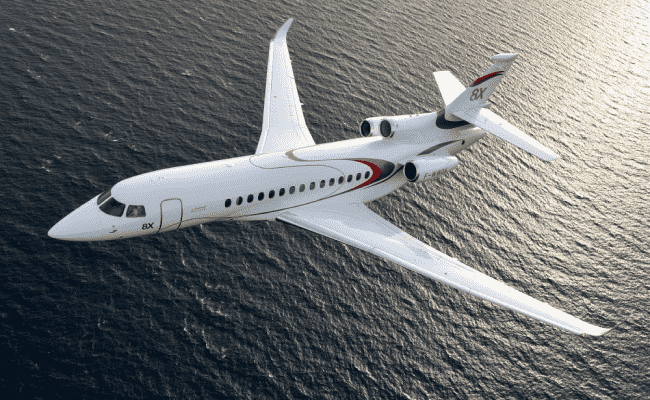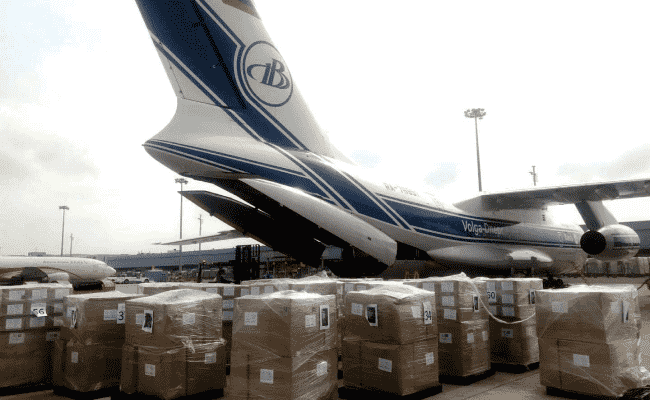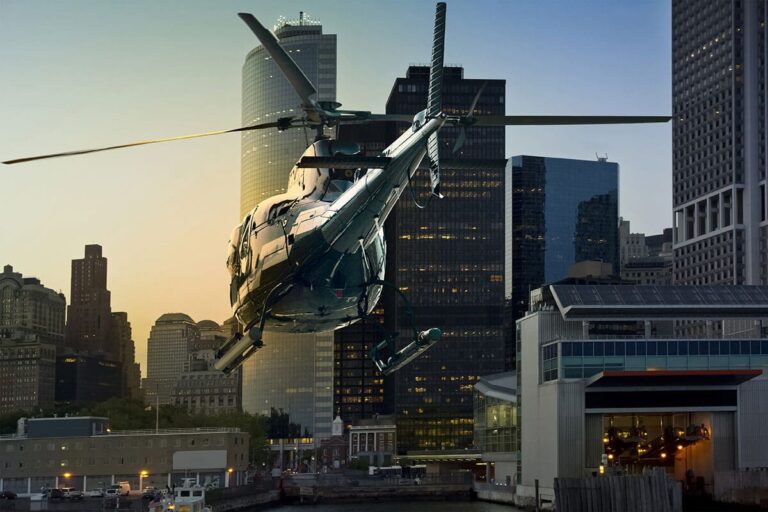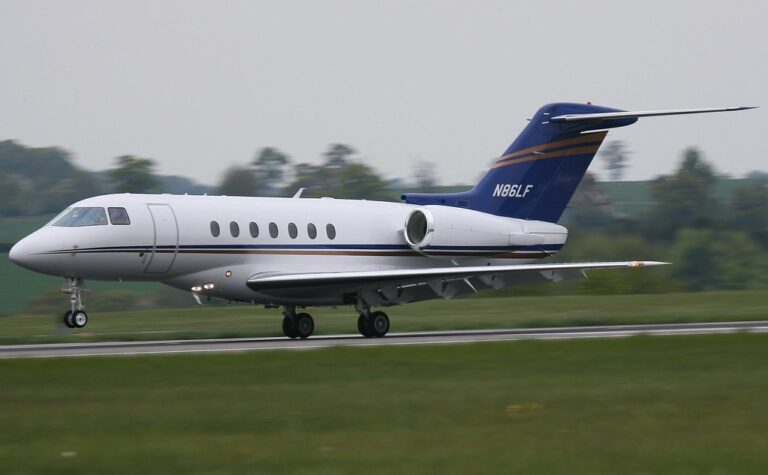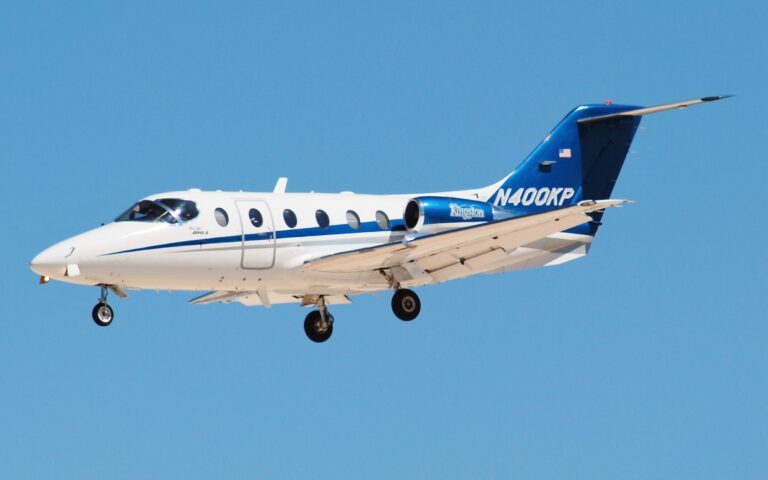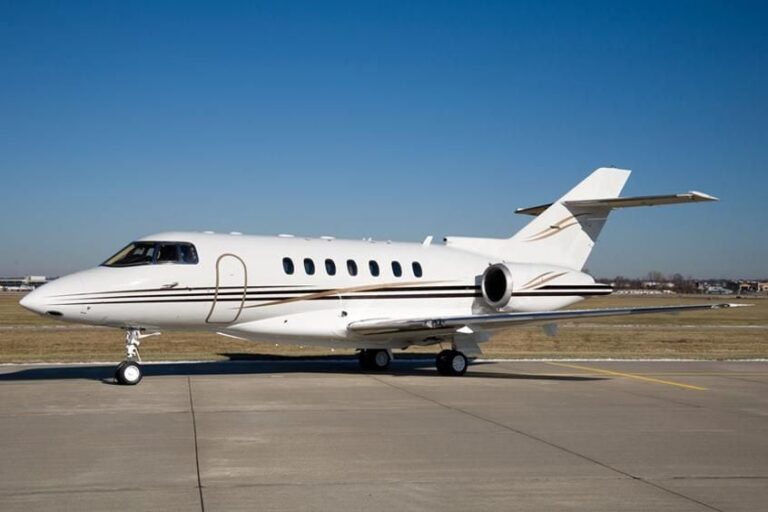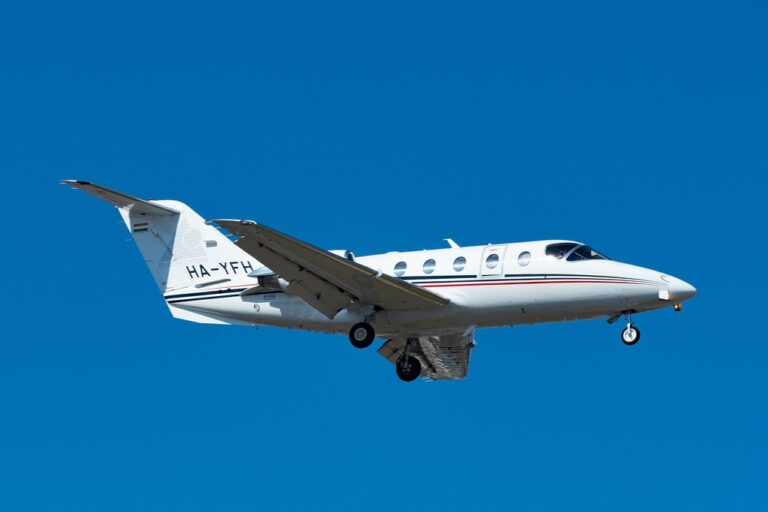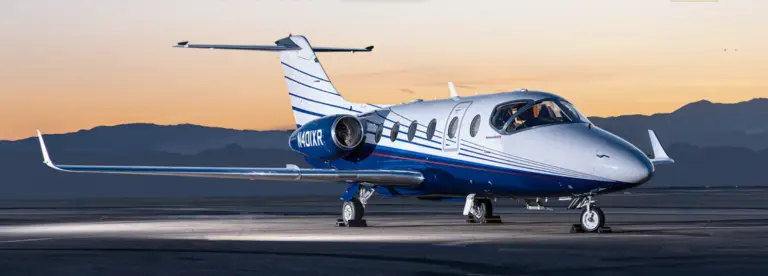Boeing 727-100
The Boeing 727-100 is a trijet airliner that revolutionized commercial aviation with its innovative design, robust performance, and versatile capabilities. Introduced in the 1960s as a short-to-medium-haul aircraft, the 727-100 was designed to operate efficiently from smaller airports, making it a favorite among airlines and operators worldwide. Known for its reliability, sleek design, and spacious cabin, the Boeing 727-100 remains a celebrated aircraft in the history of aviation, with versions adapted for passenger, cargo, and private VIP use.
Performance Capabilities
The Boeing 727-100 is powered by three Pratt & Whitney JT8D turbofan engines, providing a balance of power, efficiency, and range. The aircraft has a cruising speed of 504 knots (580 mph) and a maximum range of 2,250 nautical miles, making it ideal for regional and intercontinental routes.
One of its defining features is its short takeoff and landing (STOL) capabilities, which allow the 727-100 to operate from runways as short as 6,000 feet, giving it access to smaller airports and regional destinations. The aircraft’s maximum cruising altitude of 36,000 feet ensures smooth operations above weather disturbances and heavy air traffic.
Interior and Comfort Details
The Boeing 727-100’s cabin was designed with passenger comfort in mind, featuring a spacious and versatile layout. With a typical seating capacity of 94 to 106 passengers in an all-economy configuration, or fewer in a mixed-class setup, the cabin provided ample space for passengers to relax and enjoy the flight.
Cabin dimensions—91 feet in length, 11.6 feet in width, and 6.7 feet in height—offered generous headroom and aisle space. The seating could be arranged in various configurations, including economy, business, or first class, depending on the operator’s requirements. The large overhead bins and underfloor cargo compartments provided sufficient storage for carry-on items and checked luggage.
Passengers appreciated the large windows, which allowed natural light to flood the cabin and provided excellent views during flight. Modern versions of the aircraft, especially VIP or private adaptations, include luxurious finishes, bespoke seating arrangements, and advanced amenities like in-flight entertainment systems, private lounges, and dining areas.
Specific Features and Innovations
The Boeing 727-100 introduced several innovations that set it apart in its class. Its T-tail design and rear-mounted engines offered a quieter cabin experience, improved aerodynamic performance, and the ability to operate from shorter and less-developed runways. The aircraft’s built-in rear air stair was a significant innovation, allowing passengers to board and disembark independently of airport infrastructure.
The flight deck was equipped with state-of-the-art avionics for its time, ensuring safe and efficient operations. Over the years, many 727-100s have been upgraded with modern navigation systems and avionics to enhance performance and meet current regulatory standards.
Target Use Case
The Boeing 727-100 is ideal for regional and intercontinental flights, offering versatility for passenger transport, cargo operations, and VIP charters. Its short-field capabilities make it perfect for serving airports with limited infrastructure, while its spacious cabin and adaptability make it a strong candidate for corporate transport, private charters, and government missions.
For operators and travelers seeking a reliable and iconic aircraft with versatility and style, the Boeing 727-100 delivers on all fronts. Charter the Boeing 727-100 with Centurion Jets for a tailored, dependable, and exceptional flying experience.

